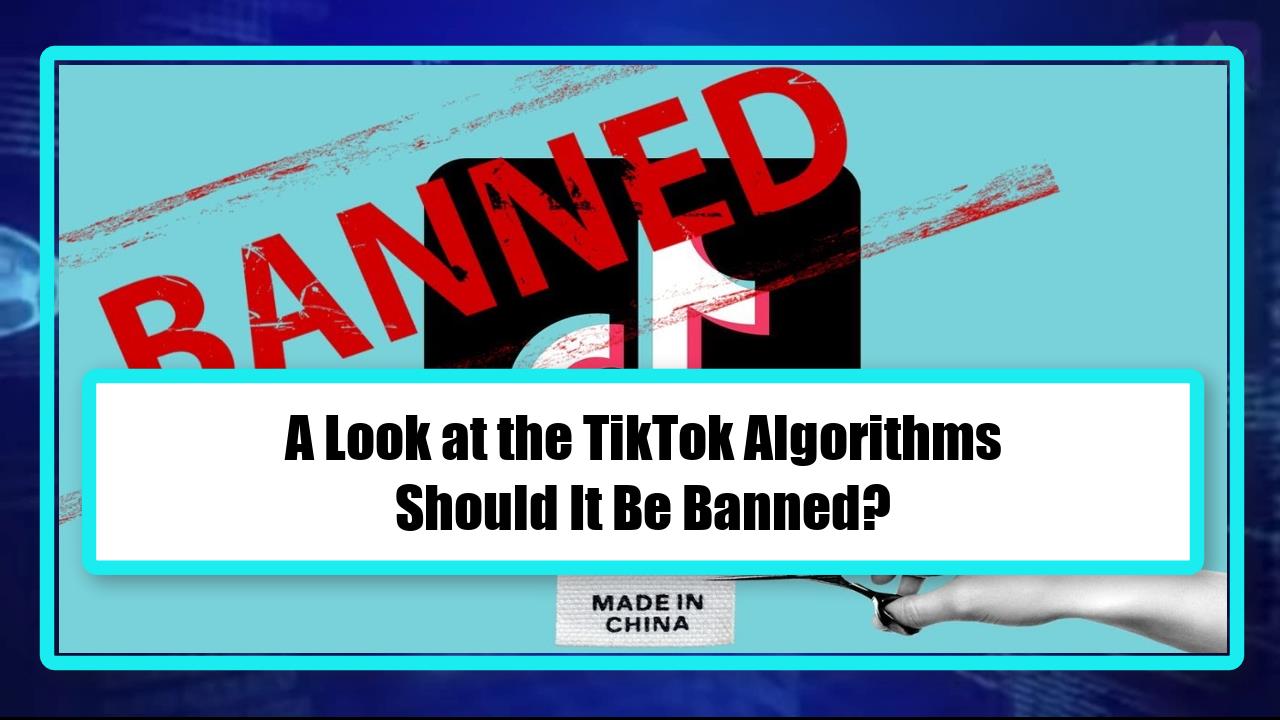Video:
Take our online poll:
AI Analysis:
The effectiveness of shadow banning on social media platforms can vary and is a subject of debate among experts and users. Shadow banning, also known as "stealth banning" or "ghost banning," is a practice where a user's content is not removed or banned outright, but it is made less visible to others. This can involve limiting the reach of a user's posts, making their content less discoverable, or even hiding it from certain users or hashtags. The intended goal of shadow banning is often to reduce the impact of harmful or abusive behavior on social media. However, its effectiveness is not always clear, and it has both advantages and disadvantages:
Advantages:
1) Reducing Harmful Content: Shadow banning can be an effective way to reduce the spread of harmful or abusive content, such as hate speech, harassment, or misinformation.
2) User Unawareness: Users who are shadow banned are often not aware that their content has been restricted, which can discourage them from creating new accounts or trying to evade the ban.
3) Preserving Freedom of Expression: It can be seen as a more moderate approach to content moderation compared to outright removal of posts or banning users. It allows for a degree of freedom of expression while discouraging harmful behavior.
Disadvantages:
1) Effectiveness Variability: The effectiveness of shadow banning can vary. Some users may discover that their content is restricted, while others may not notice any impact. The effectiveness largely depends on the platform's algorithms and the vigilance of users.
2) Perceived Bias: There can be concerns about the transparency and fairness of shadow banning. Users may perceive it as a form of censorship or as biased action by social media platforms.
3) Evasion: Some users may actively attempt to evade shadow bans by modifying their behavior or creating new accounts. This can lead to a cat-and-mouse game between platforms and users.
4) False Positives: Shadow banning algorithms can make mistakes, causing legitimate content to be restricted. This can lead to user frustration and calls for transparency and accountability from social media companies.
5) Ineffectiveness against Large Accounts: Shadow banning is often less effective against users with a large following, as their content can still reach a significant audience even with restrictions.
6) Potentially Encouraging Echo Chambers: Shadow banning can, in some cases, create echo chambers by limiting the reach of controversial or opposing viewpoints, making it more challenging for users to engage with diverse perspectives.
In conclusion, the effectiveness of shadow banning on social media platforms is a complex and evolving issue. While it can be a useful tool for reducing the impact of harmful content, its success varies depending on platform algorithms, user behavior, and transparency. Some users may find it an effective way to moderate online communities, while others may perceive it as a threat to free expression and demand greater transparency and accountability from social media companies.
Chart:

References:


Comments